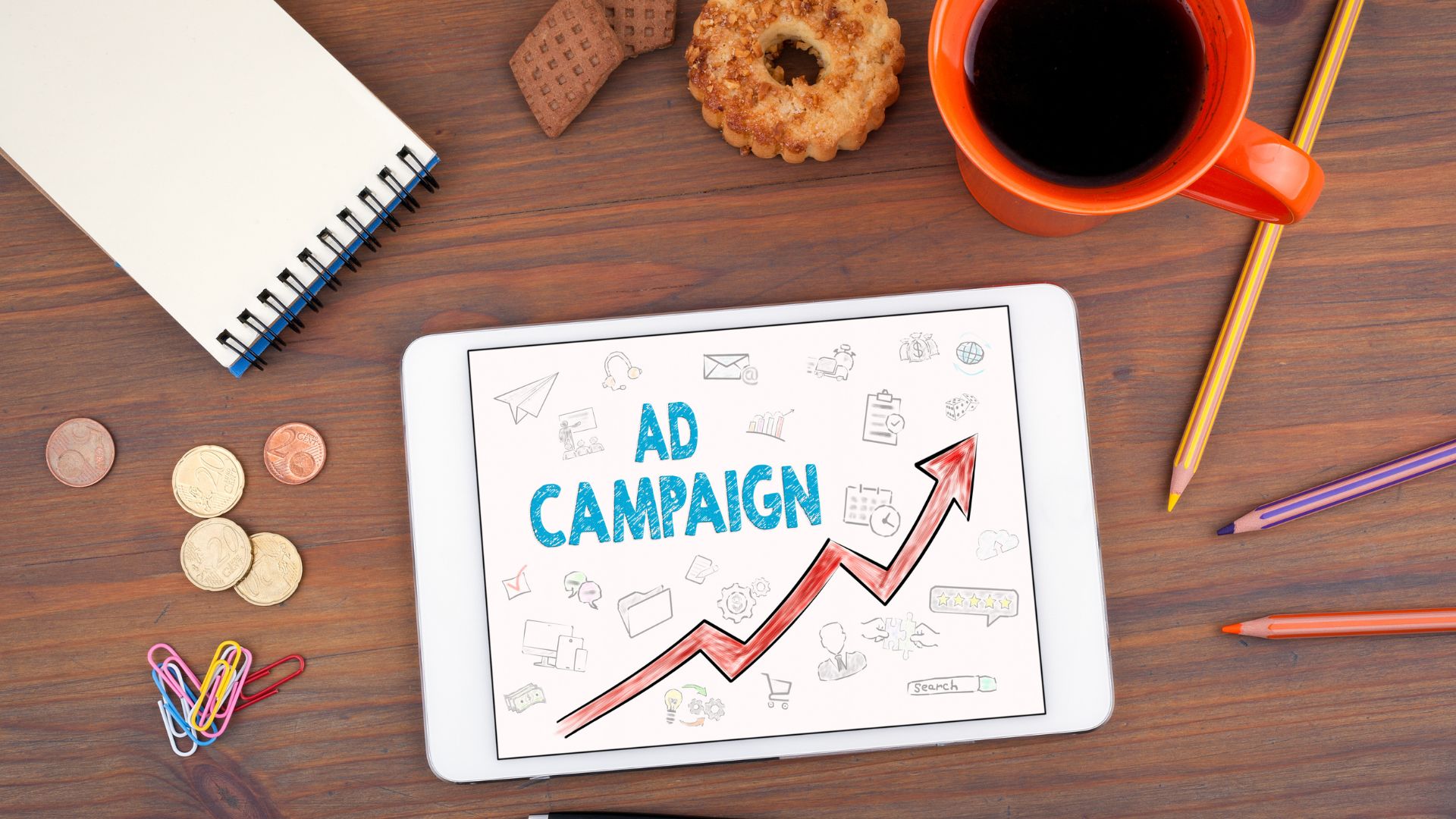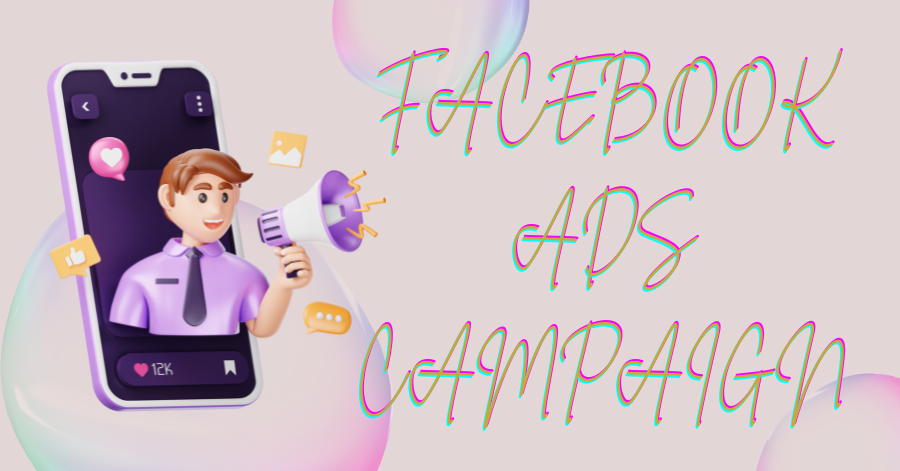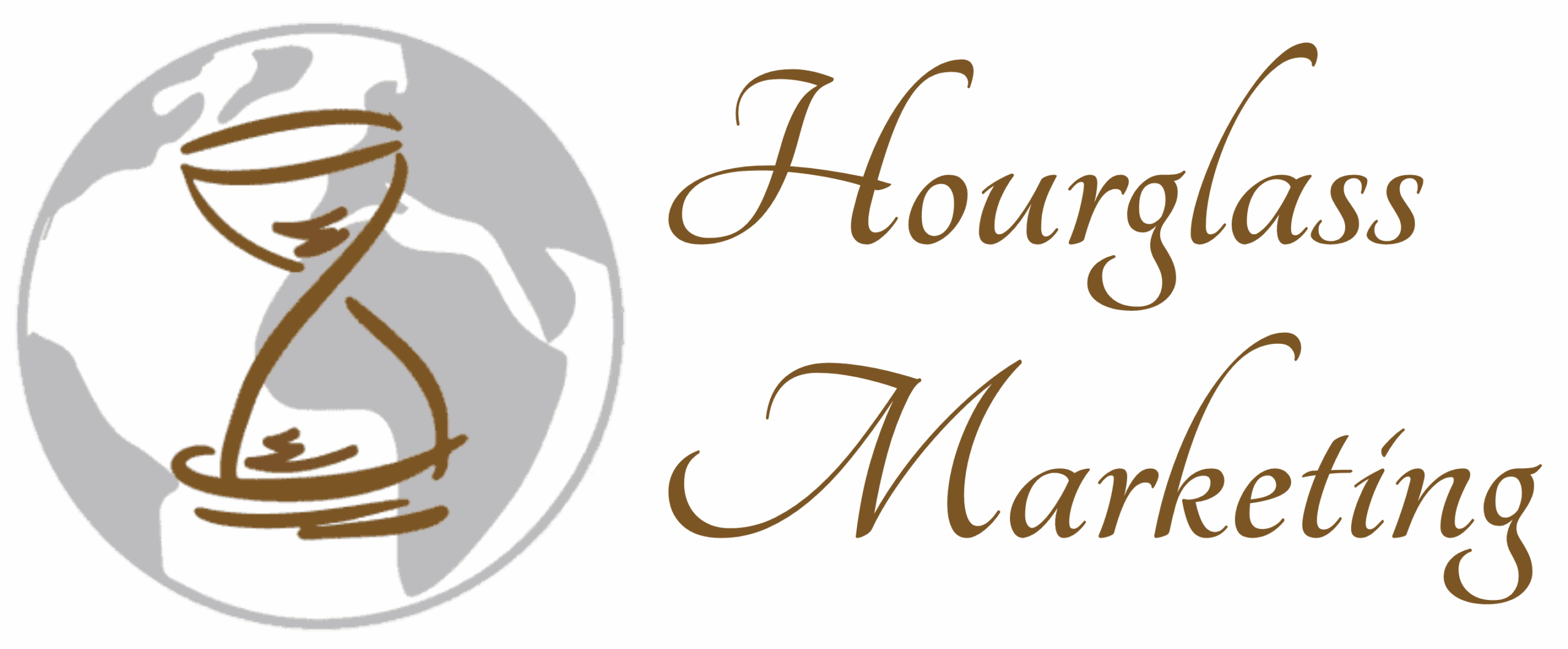
Facebook is one of the most powerful advertising platforms, allowing businesses to reach a massive audience with highly targeted ads. However, simply running ads on Facebook isn’t enough to guarantee success. To create high-converting Facebook ad campaigns, you need a clear strategy, compelling creatives, and constant optimization. In this blog, we’ll cover the steps and best practices to help you craft Facebook ad campaigns that drive conversions and deliver results.
Why Facebook Ads Matter
With over 2.8 billion monthly active users, Facebook offers an enormous audience for businesses to tap into. What makes Facebook even more powerful is its robust targeting capabilities. You can reach people based on their interests, behaviors, demographics, and even their location. Whether you’re trying to drive sales, increase website traffic, or generate leads, Facebook ads give you the tools to target your ideal customers and track campaign performance in real time.

Step-by-Step Guide to Creating High-Converting Facebook Ad Campaigns
1. Define Your Campaign Objective
Before you start creating your Facebook ads, it’s important to define the objective of your campaign. Facebook offers various campaign objectives, including:
Awareness: For businesses looking to increase brand visibility.
Consideration: Aimed at getting people to engage with your content or learn more about your products.
Conversion: Designed to drive actions like purchases, form submissions, or app installs.
Choosing the right objective ensures that Facebook optimizes your campaign for the action you want to drive. If you’re focused on conversions, selecting the Conversion objective will ensure your ad is optimized for users who are more likely to take your desired action.
2. Target the Right Audience
Facebook’s targeting capabilities are what make it such a powerful advertising platform. To create a high-converting ad campaign, you must target the right audience. Here are some targeting options you can use:
Demographics: Target users based on factors like age, gender, job title, or relationship status.
Interests: Target users based on their interests, such as hobbies, favorite activities, or pages they follow.
Behaviors: Reach people based on their purchasing behavior, device usage, or online activity.
Custom Audiences: Upload your customer lists or retarget website visitors or app users.
Lookalike Audiences: Facebook can create a new audience similar to your existing customers or website visitors.
The more refined your targeting, the higher your chances of reaching the right people who are likely to convert. A well-targeted audience will help maximize your return on ad spend (ROAS).
3. Create Compelling Ad Copy
Your ad copy plays a crucial role in driving conversions. Here’s how to craft persuasive ad copy:
Start with a Hook: Capture attention in the first few words of your ad. Make sure it speaks directly to your target audience’s pain points or desires.
Highlight Benefits: Focus on how your product or service benefits the user, not just the features. Explain why your offer is valuable and how it solves a problem.
Use Clear CTAs (Call to Actions): Tell the user what action you want them to take, whether it’s “Shop Now,” “Learn More,” or “Sign Up.” A clear CTA guides the user to the next step.
Keep It Concise: Facebook users tend to scroll quickly through their feed, so keep your copy short, to the point, and engaging. Use bullet points or emojis to make your ad more digestible.
4. Design Eye-Catching Visuals
The visual elements of your ad (images or videos) are critical for capturing attention and driving engagement. When creating your visuals, keep these tips in mind:
Use High-Quality Images or Videos: Your visuals should be clear, professional, and visually appealing. Avoid using blurry or low-resolution images.
Align with Your Brand: Make sure your visuals are consistent with your brand’s colors, fonts, and overall style to create a cohesive experience for your audience.
Showcase Your Product: If you’re advertising a physical product, make sure the product is clearly visible and shown in use. Demonstrate the value of your product through visuals.
Test Different Formats: Facebook supports multiple ad formats, including carousel ads (multiple images or videos in a single ad), slideshow ads, and collection ads. Test which format resonates best with your audience.
5. Set a Realistic Budget
Facebook ads offer flexibility when it comes to budgeting. You can set a daily or lifetime budget, depending on how long you want your campaign to run. However, keep in mind the following:
Start Small: If you’re new to Facebook ads, start with a small budget to test the waters. Once you find the right combination of ad copy, targeting, and creatives, you can increase the budget to scale the campaign.
Focus on ROI: Aim to spend based on the return you expect from your investment. Use Facebook’s Cost Per Action (CPA) metric to track how much you’re spending for each conversion.
Monitor and Adjust: Keep an eye on your campaign’s performance and adjust your budget as needed. Facebook’s algorithm optimizes ads over time, so tweaking your budget can help boost results.
6. Optimize for Conversions
To maximize the effectiveness of your Facebook ads, ensure that they’re optimized for conversions. Here’s how:
Install Facebook Pixel: The Facebook Pixel is a tracking code that you add to your website. It tracks user actions, such as purchases or sign-ups, which allows you to optimize your ads for specific goals.
A/B Test Your Ads: Test different variations of your ad copy, visuals, and targeting to see which performs the best. A/B testing helps you understand what resonates with your audience and refine your ads accordingly.
Retargeting: Use retargeting ads to reach users who have interacted with your website, Facebook page, or previous ads. This allows you to nurture leads and encourage them to convert.
7. Monitor and Analyze Campaign Performance
Once your Facebook ad campaign is live, it’s important to monitor its performance regularly. Use Facebook Ads Manager to track key metrics such as:
Click-Through Rate (CTR): Measures how many people clicked on your ad after seeing it. A high CTR indicates that your ad is engaging.
Conversion Rate: Tracks how many people completed your desired action (e.g., purchase, sign-up) after clicking on your ad.
Cost Per Acquisition (CPA): Shows how much you’re paying for each conversion. Keep this as low as possible to ensure your campaign remains profitable.
Return on Ad Spend (ROAS): This metric helps you determine the profitability of your campaign. A high ROAS means your ad spend is generating more revenue.
Regularly reviewing your performance data will help you understand what’s working and what needs improvement.
Conclusion: Crafting High-Converting Facebook Ads
Creating high-converting Facebook ad campaigns requires a clear strategy, thoughtful targeting, compelling creatives, and ongoing optimization. By understanding your audience, crafting engaging ad copy, and using Facebook’s tools to monitor and refine your campaigns, you can achieve better results and maximize your ROI.
Remember that Facebook ads are not a one-size-fits-all solution. Continually test, adjust, and optimize your campaigns to find the perfect mix that drives conversions and grows your business.


